Curriculum Links
Digital Technologies Curriculum Information
0. Checklist
1. Computational thinking
Computational thinking
Precisely and accurately describing problems
2. Control Flow
Sequence, Branching and Iteration
3. Flowcharts and Pseudocode
Design algorithms represented diagrammatically and in structured English and validate algorithms and programs through tracing and test cases (ACTDIP040)
Designing algorithms to solve real-world problems and describing algorithms using flow charts and structured English, for example START, END, IF and UNTIL
4. Iteration in Scratch
Sequence, Branching and Iteration
5. Robot Maze in Scratch
Sequence, Branching and Iteration
6. Programming Languages
Multilevel abstractions
7. Getting Started with VB
Use an object-oriented programming language where appropriate
8. Data Types and Variables
9. Commenting
10. Errors and Tracing
Tracing algorithms to predict results and program state for a given input, for example desk checking or using an interactive debugging tool
Using tracing techniques to test algorithms, for example desk checking an algorithm for a given input by stepping through the algorithm while keeping track of contents of the variables
11. Built-In Functions
12. Lists
Selecting different types of data structures such as an array, record and object to model structured data
13. Sorting
Identify standard elements such as searching and sorting in algorithms
Recognising that different algorithms can solve a problem with different trade-offs
14. Searching
Identify standard elements such as searching and sorting in algorithms
Considering different algorithms and selecting the most appropriate based on the type of problem, for example choosing appropriate algorithms for particular problems
15. Arrays
Defining classes that represent the attributes and behaviour of objects in the real world or in a game
16. Procedures and Modules
Design and implement modular programs
Coding separate modules that perform discrete functions but collectively meet the needs of the solution
17. Creating Procedures
Design and implement modular programs
Coding separate modules that perform discrete functions but collectively meet the needs of the solution
18. Scope
19. OOPL
Object-oriented programming language where appropriate
20. Creating a Game
Design and implement modular programs
Coding separate modules that perform discrete functions but collectively meet the needs of the solution
Implement modular programs, applying selected algorithms and data structures including using an object-oriented programming language (ACTDIP041)
Tracing algorithms to predict results and program state for a given input, for example desk checking or using an interactive debugging tool
21. VBA
Using algorithms and data structures involving modular functions that reflect the relationships of real-world data and data entities
Implement modular programs, applying selected algorithms and data structures including using an object-oriented programming language (ACTDIP041)
22. Visual Studio
Developing test cases that correspond to the requirements of the specifications, for example validating program behaviour on a range of valid and invalid user input
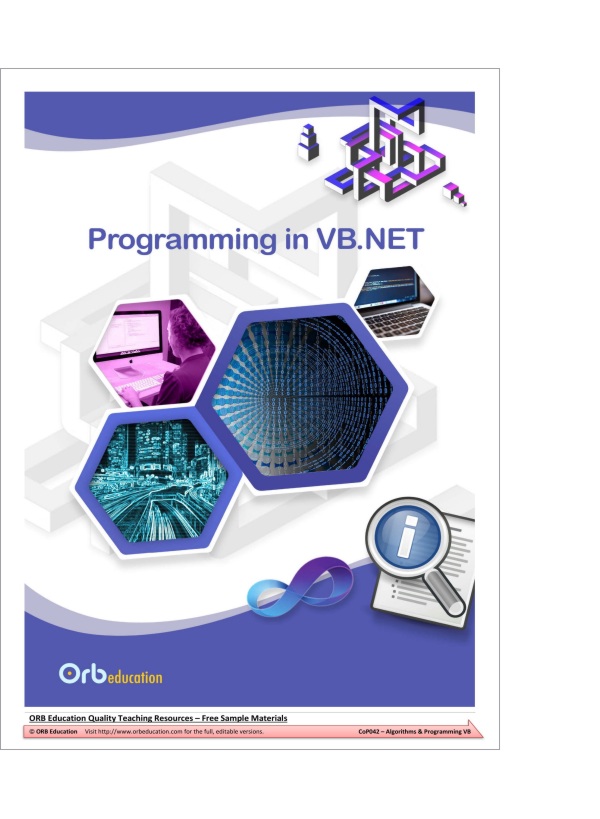
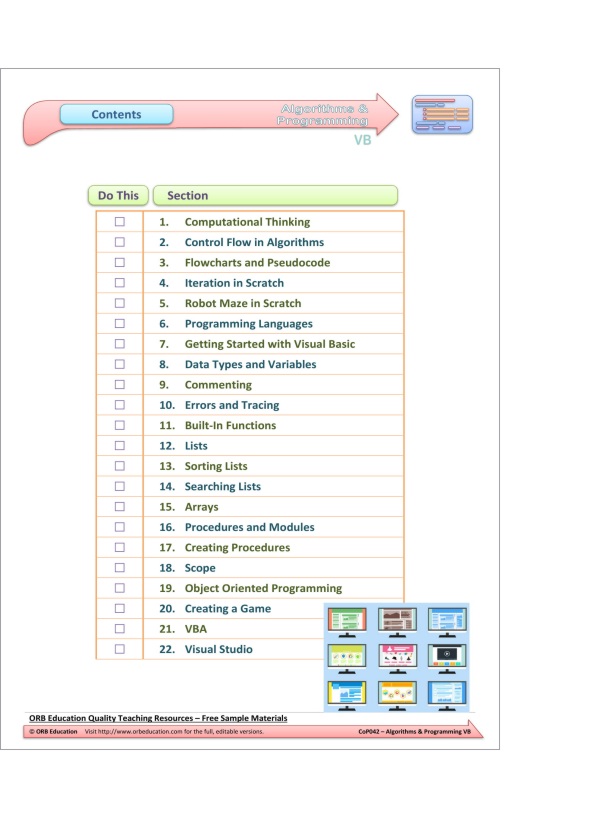
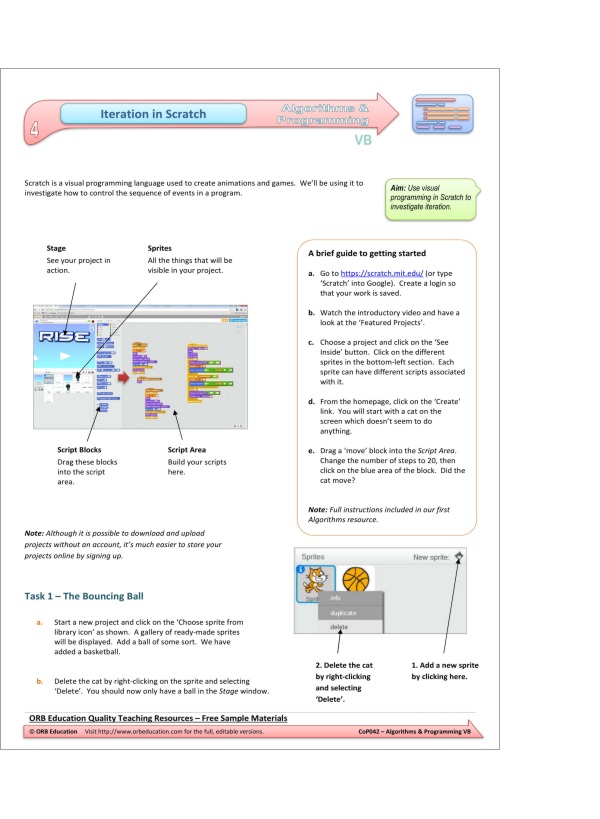
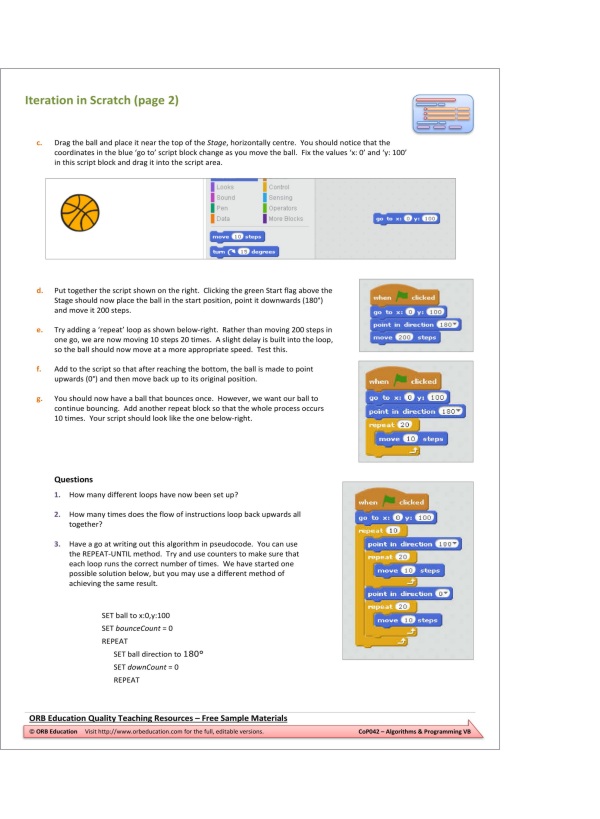
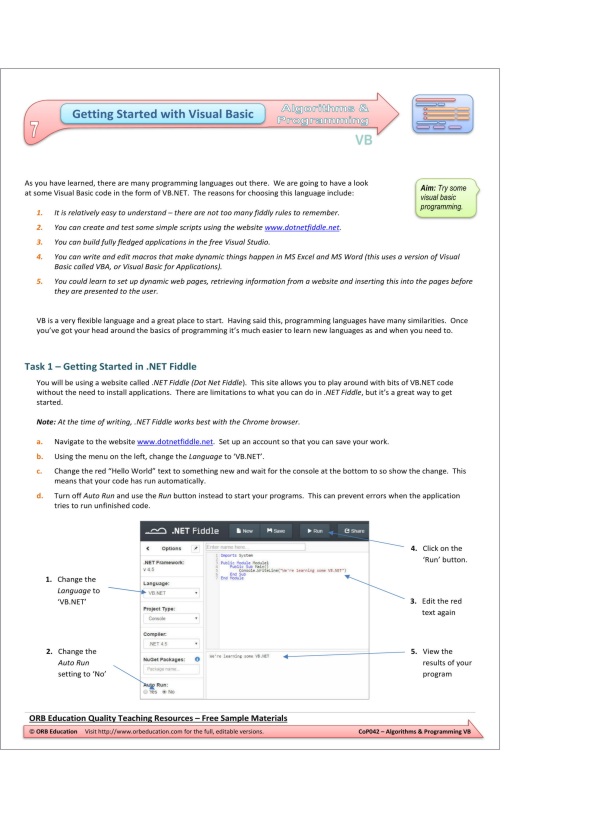
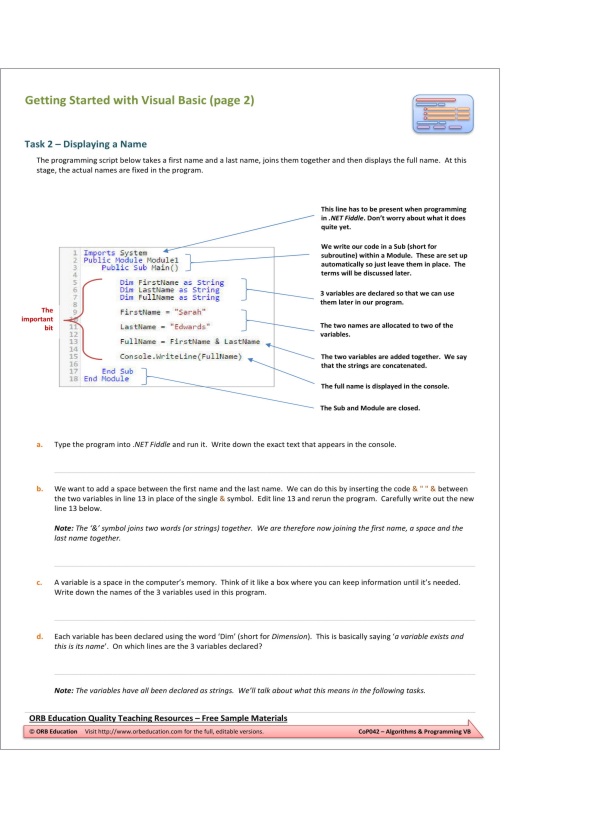
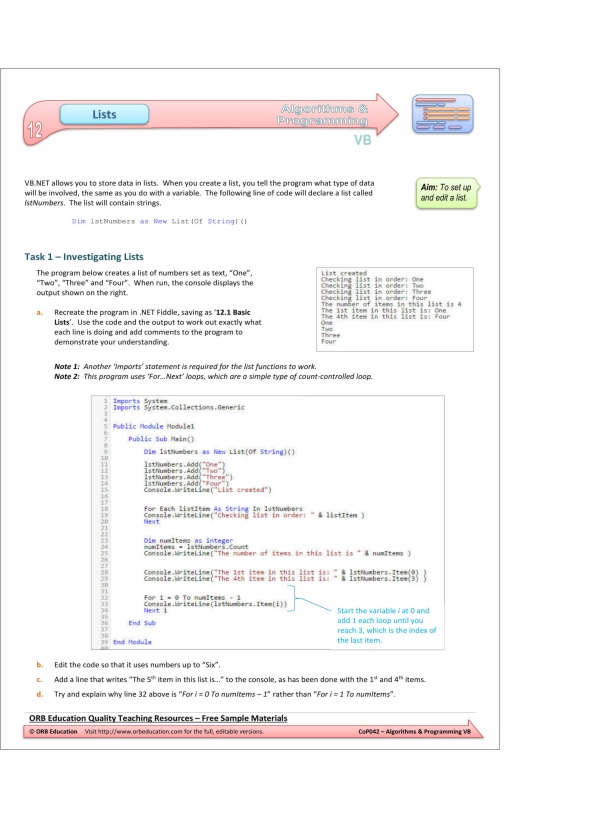
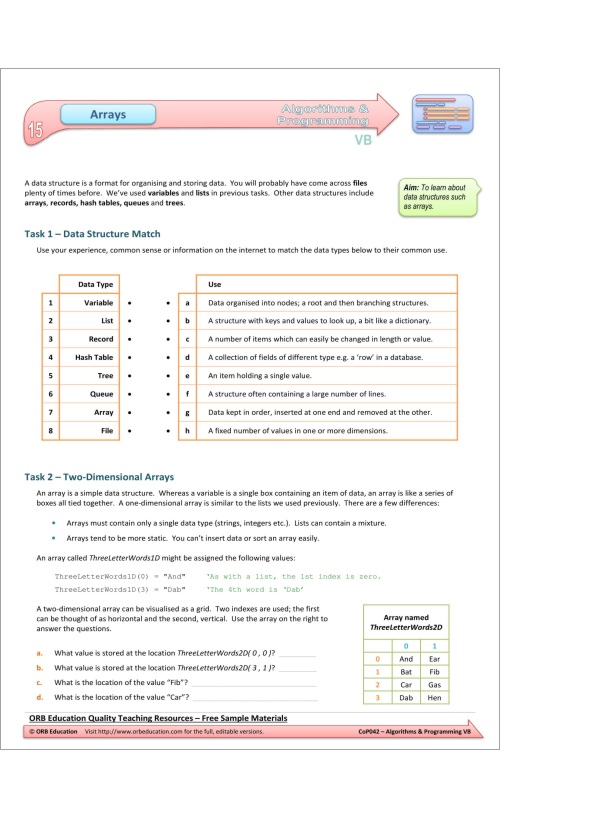
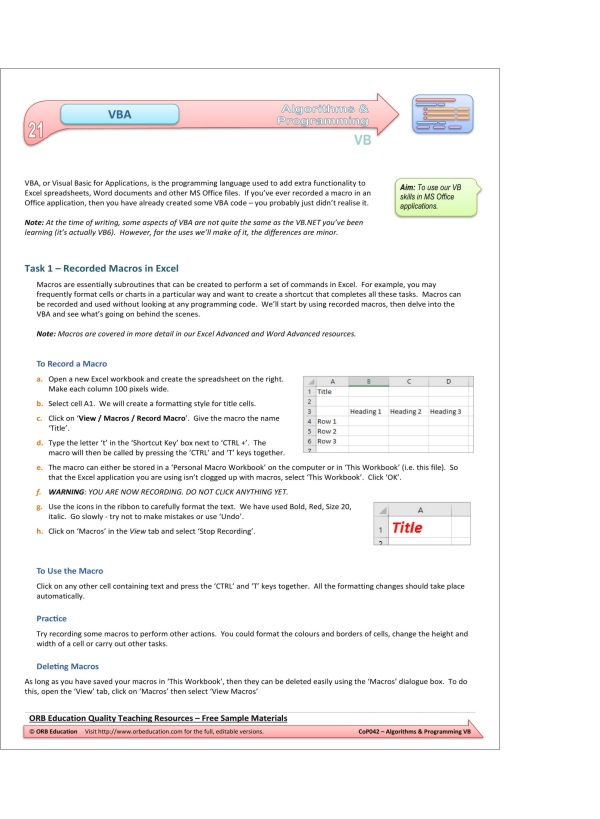
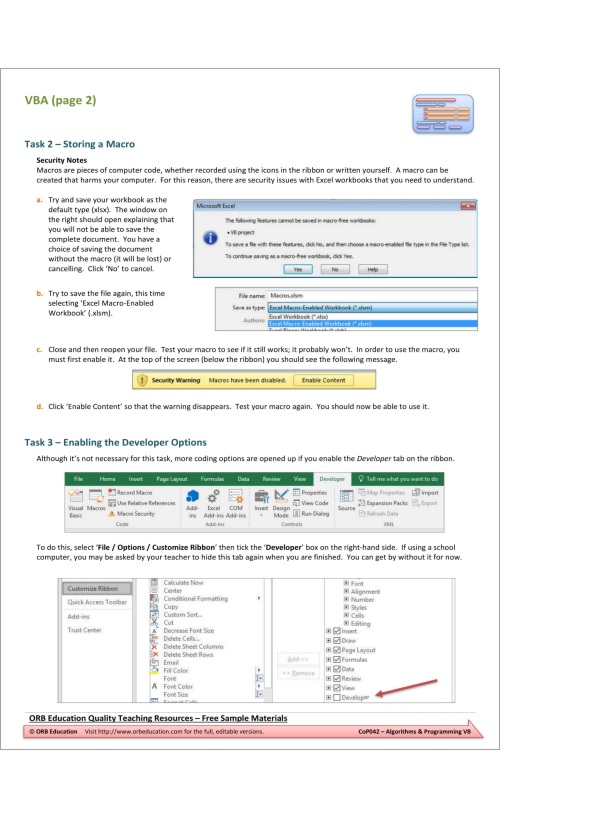
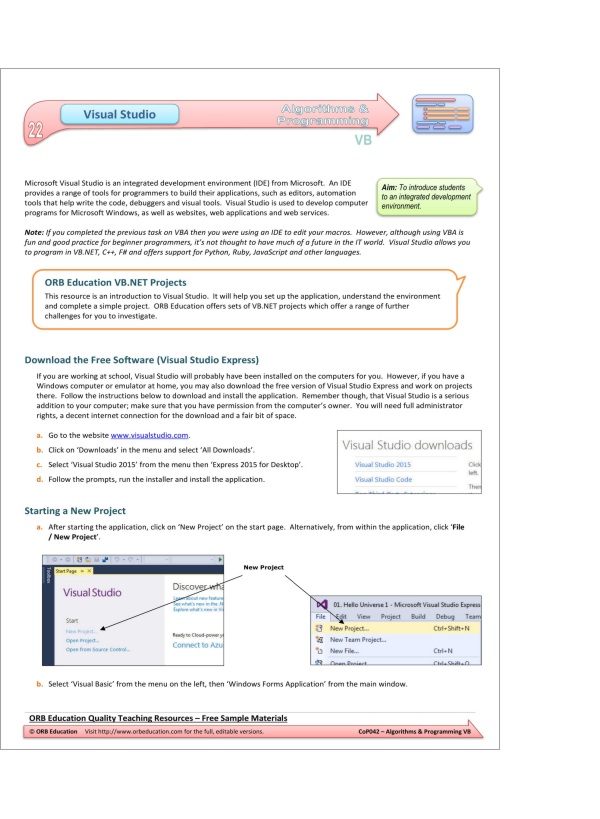
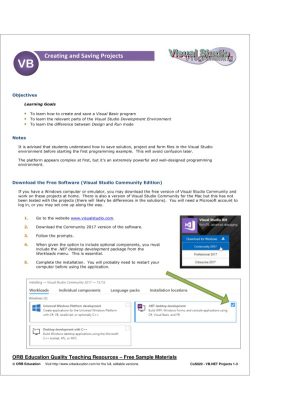
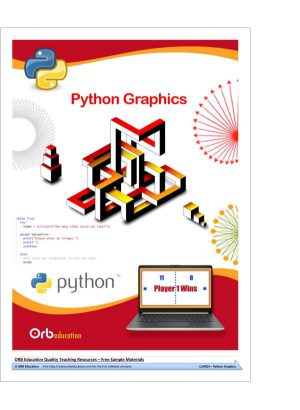
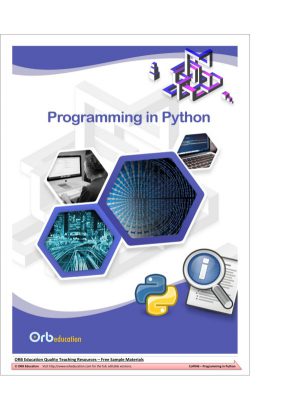
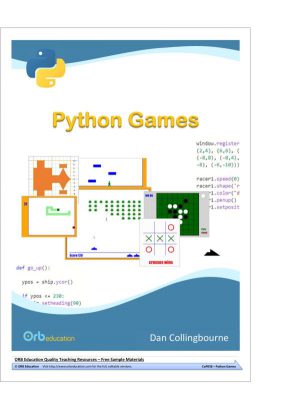
Reviews
There are no reviews yet.